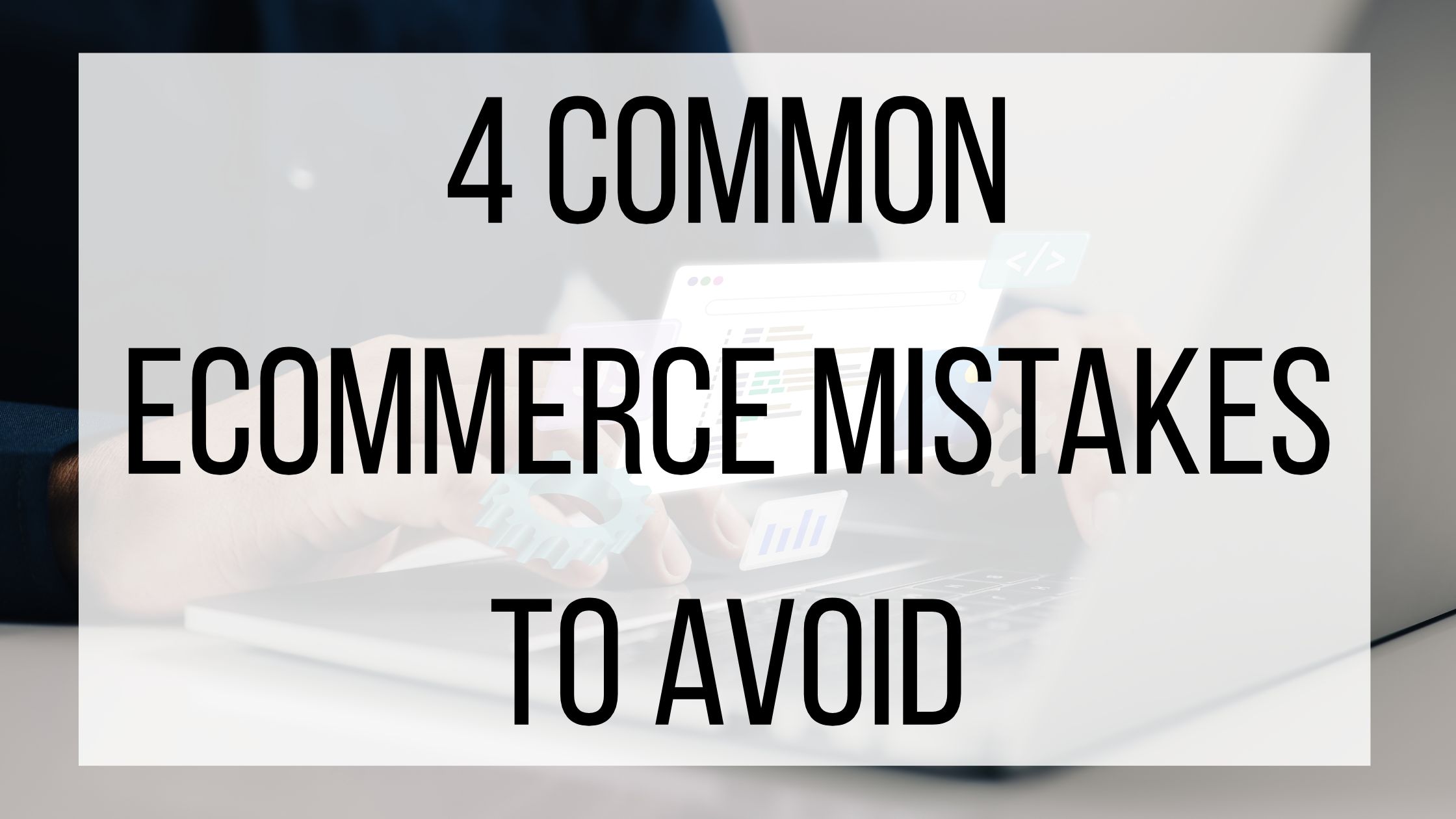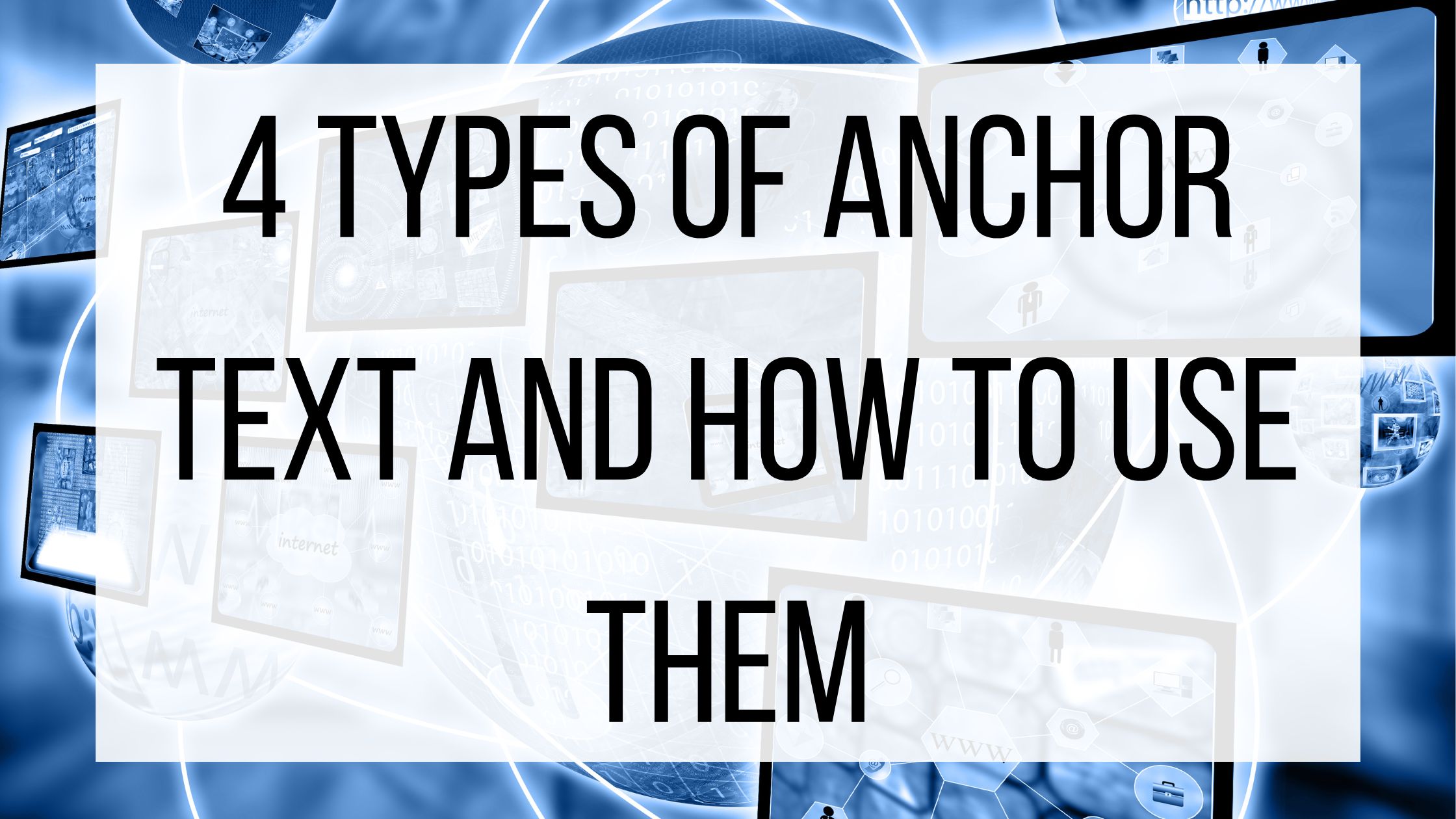Differentiation Strategies For Beginners

These days, there seems to be a product or service for just about anything. With so many options on the market, it can be hard to stand out to your audience. There is something that makes each business unique, and being able to market that is crucial to grabbing your audience’s attention. By creating a differentiation strategy, you can highlight and focus on what makes you the best option for your customers.
What Is A Differentiation Strategy?
A differentiation strategy is when a brand or business highlights benefits and features of their product or service that separates it from its competitors. This is typically communicated through campaigns and promotions and demonstrated to increase the competitive advantage.
Types Of Differentiation Strategies:
There are two main types of differentiation strategies: broad and focused. Broad differentiation identifies industry advantages that sets a business apart from its competitors. This can be something big or small- a special product that you create that helps solve a customer’s issue, an ingredient you use in your product that helps elevate it, or a feature that makes your product easier or more effective to use. An example of this is Owala‘s reusable water bottles. They found things that customers did not like in their current water bottles (prone to leaks, didn’t keep their drinks cold, hard to sip out of) and created an innovative solution that solved all of those customer’s needs.
Focused differentiation strategy focuses in on one specific market. This market is niche, and have customers looking for the same unique solution. An example of this is ergonomic chairs made with gamers in mind, for long gaming sessions.
How To Develop A Differentiation Strategy:
The first step to creating your strategy is determining what makes you unique. Find your strengths and what sets you apart from others in your industry. This can be anything that you think your audience would appreciate- exceptional customer service, affordability, luxury, ethical sourcing, or anything else that is special.
Next, find your target audience. This can be as broad or narrow as you need it to be, depending on your goals. Your target audience can be based off of age, gender, location, education, family or marital status, hobbies, or anything else that helps you narrow down who would benefit from your products!
Once you’ve completed those steps, create a brand story. Tell your audience why you created your product, why you are passionate about it, and how your product can help solve their needs over others on the market. Although audiences will not buy products for the brand story alone, they help create a sense of familiarity and emotional attachment.
Differentiation strategies have both pros and cons. Some of the cons are that you are not guaranteed to make more revenue, and it can be time-consuming if you are starting from scratch. What is innovative or unique now can become common over time, meaning you might have to find something else that sets you apart in the future. However, differentiation strategies do add value, help develop brand loyalty, and give you a different kind of competitive edge.
Whether or not you decide to create a differentiation strategy for your business, it is always smart to keep up with where you stand against your competitors, and what helps you stand out. Have you ever tried a differentiation strategy? What makes your business unique?



4 Comments
poppy playtime unblocked · September 19, 2023 at 12:39 am
There are many blogs on the Internet. But I can definitely say that your blog is amazing. It has all the qualities that a perfect blog should have.
connections puzzle · September 24, 2023 at 10:54 pm
The post provides valuable information. These tips can be applied to one’s business.
dinosaur game · February 19, 2024 at 8:18 am
I appreciate the content; I discovered a lot of useful stuff here. Continue to provide such insightful articles.
Aviator Game · February 29, 2024 at 6:44 am
Thanks your these beginner strategies we got lot of awareness and we found it informative.